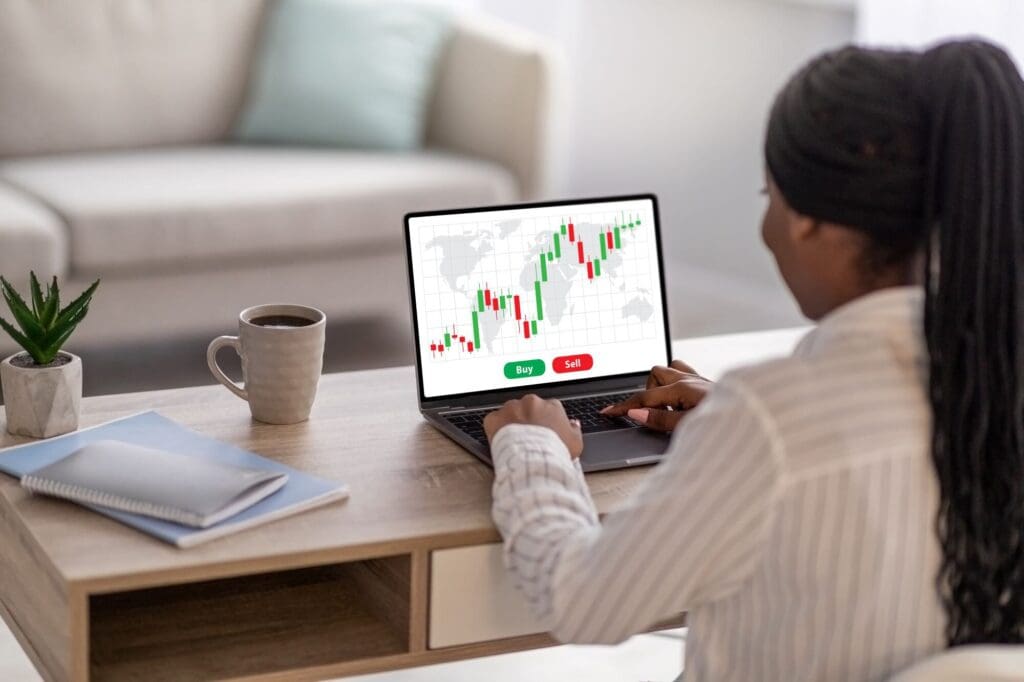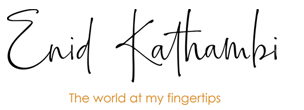
Financial Markets 101: Primary Market vs Secondary Market
As you start your investment journey, it’s important to have a grasp of the financial market. From how they work to what’s traded and the regulations put in place.
A key topic to understand is the primary market vs secondary market. In this article, I’ll take you through the basics of financial markets, including how you can participate as an investor.
Table of Contents
ToggleWhat Are Financial Markets?
The word market is one that we’ve all heard and use every time. It’s a place or online platform where buyers and sellers can engage. In the financial world, the financial market acts as just that—a platform where buyers and sellers can meet. The only difference from other markets is that in the financial markets, only financial instruments, like bonds, shares, and other types of securities are issued and traded.
Participants in financial markets are:
- Investors and traders – these include both individual and institutional participants who invest or trade in financial markets for potential returns. Their strategies may range from short-term trading to long-term investments.
- Issuers – corporations, governments, and other entities issue financial securities to raise funds. These issuers rely on financial markets to reach investors who can provide the necessary capital.
- Intermediaries – these are the brokers, dealers, and market makers who facilitate transactions in financial markets. They ensure that trades are executed efficiently and that markets remain liquid and orderly.
- Regulators – financial markets are overseen by regulatory bodies that ensure transparency, fairness, and efficiency. These authorities set rules to protect investors and maintain the integrity of the markets.

The Primary Market
Let me use a simple example from our market. When we talk about buying bonds directly from CBK when it floats a bond, we talk about buying it from the primary market.
The primary market serves as the point of origination for new securities. Simply put, it’s where new securities are created and issued (sold) for the first time by the government and businesses.
The process of issuing new securities in the primary market can take various forms:
1. Initial Public Offerings (IPOs)
One common method is an Initial Public Offering (IPO), where a privately held company transforms into a publicly traded company by selling its shares to the public for the first time. This allows the company to raise significant capital for expansion or debt repayment.
2. Private Placements
Unlike IPOs, private placements are offerings of securities sold directly to a select group of investors, typically large banks, mutual funds, insurance companies, and pension funds. This method is less public and does not require the same level of regulatory requirements as IPOs.
The Secondary Market
On the other hand, we have the secondary market where securities are traded (bought and sold) among investors. Unlike the primary market, where the focus is on issuing new securities, the secondary market deals with the buying and selling of existing securities.
Now, back to our example. You have heard that you can always buy a bond from the Nairobi Securities Exchange (NSE) if you’ve missed the deadline to place your bid with the CBK. In this case, you will be buying your bond from the secondary market.
Besides offering a market for trading securities, the secondary market also provides high liquidity. An active secondary market enables investors to enter and exit their positions in these securities efficiently. This is because the constant buying and selling activity establishes a market price based on demand and supply.
The participants in this market include:
- Investors – both individual and institutional investors actively buy and sell securities to achieve their financial goals. As an investor, your participation in this market could be for short-term profits through trading or long-term investments.
- Brokers – brokers act as intermediaries who facilitate the buying and selling of securities by matching buyers with sellers. They are crucial for smooth transactions and can provide valuable advice and services.
- Dealers – dealers are market participants who buy and sell securities for their own accounts, at their own risk. They play a key role in ensuring that there is always a buyer or seller for securities, thus providing liquidity to the market.
- Market makers – a specific type of dealer, market makers are either individuals or firms who quote both buy and sell prices for securities with the hope of making a profit from the bid-ask spread. While the market maker benefits through profits, they also help limit market volatility thanks to the set price ranges for the traded securities.
Types of Secondary Market
Securities in the secondary market are traded in two main venues:
- Stock exchanges – these are formal organizations that provide a platform for buying and selling securities. Investors can place orders through brokerage firms, which act as their representatives on the exchange. Exchanges are regulated by governmental agencies, and they offer a transparent and fair trading environment. An example from our own backyard is the NSE.
- Over the counter (OTC) markets – unlike their counterpart, OTC markets do not have physical locations. Instead, trading is done directly between parties via electronic networks. OTC markets can trade securities that are not listed on formal exchanges, often including smaller or less-known companies.

Primary Market vs Secondary Market
While the two markets are essential to the financial system, they serve different purposes and operate under different dynamics. Here’s a breakdown of the key differences to help you grasp their unique characteristics.
Purpose
The primary market focuses on the initial issuance of new securities. This is where institutions, like governments and companies raise capital by selling stocks and bonds for the first time.
The secondary market, on the other hand, is concerned with the trading of existing securities. Investors buy and sell previously issued stocks and bonds amongst themselves without any direct involvement from the issuing companies.
Participants
The key participants in the primary market are issuers, i.e., governments and companies seeking capital, and investors looking to purchase new securities. Investment banks act as intermediaries, facilitating the issuance process.
The secondary market, primarily involves investors trading existing securities. Brokerage firms act as intermediaries, connecting buyers and sellers on established platforms like stock exchanges.
Liquidity
Liquidity can be limited in the primary market, especially for new issuances. Investors may have difficulty selling their securities immediately after purchase.
However, the secondary market offers greater liquidity. The constant trading activity allows investors to buy and sell securities more readily.
In Conclusion
When you buy bonds directly from the CBK, you’re participating in the primary market. Another example is if you were to buy shares of a company during its initial offering. However, when you buy and sell securities, bonds and shares at an exchange, like the NSE, you are participating in the secondary market.
The primary market acts as the origin point, where new securities are introduced and capital is raised. The secondary market, in turn, fosters a vibrant environment for investors to manage their portfolios by buying and selling existing securities. Understanding these two markets empowers you to navigate the financial landscape, especially if you’re just beginning your financial journey.
FAQ
What is the main difference between the primary and secondary markets?
The primary market is where securities are initially issued and sold to investors, directly contributing to the capital of the issuing entity, such as a company or government. The secondary market, on the other hand, is where these issued securities are later traded among investors. The primary market helps raise new capital, while the secondary market provides liquidity and price discovery for existing securities.
Can I participate in both the primary and secondary markets?
Absolutely! Investing in the primary market typically involves participating in initial public offerings (IPOs) or other issuance events where securities are sold for the first time, like when CBK floats a bond. In the secondary market, you can buy or sell these securities after they have been issued, through stock exchanges or over-the-counter markets.
Is the secondary market regulated?
Yes, the secondary market is regulated by financial authorities that ensure fair trading practices and protect investor interests. Regulations help maintain market integrity, prevent fraud, and ensure that the market operates in a transparent and efficient manner.
How do I start trading in these markets in Kenya?
To start participating in the primary and secondary markets in Kenya, you will need to open a CDS account with the CBK and with a listed brokerage. Your CDS account with the CBK is for investing in government securities, i.e., treasury bonds and treasury bills. A brokerage account with a listed broker is what you need for trading at the NSE, like buying and selling company shares.






